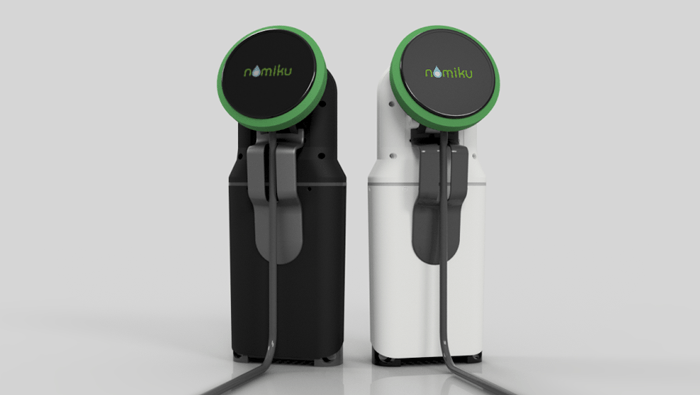Kickstarter is not the first, nor the only, online crowdfunding platform, but it is probably the most fun for those who want to pledge funds to projects. There’s a certain gamification and lighthearted aspect to Kickstarter, which can be leveraged to run a successful campaign and fund your project. In this post, we’ll take a look at the Nomiku Sous Vide culinary device, a neat project that raised more than $750K in pledges from more than 5,000 backers who felt that this particular idea deserved more than the original funding goal of $200K.
In five steps, this is what Nomiku did to make sure his Kickstarter campaign was a success:
Step One: The Idea
Introduced a brilliant idea. Sous vide is a culinary technique that involves placing ingredients in a vacuum-sealed plastic bag and steaming them at low temperatures. The Nomiku device is immersed in the water used for cooking and clipped to the pot. With a single knob, professional and amateur chefs control the temperature while the device connects to a vibrant online community via a smartphone or tablet app so that culinary creations can be discussed as they are slowly being cooked.
Step Two: Outreach
Reached out to at least 100 “True Believers.” The smallest and least ambitious Kickstarter projects reach their funding goals mostly through pledges from relatives, friends and associates. More ambitious projects will need pledges from sources beyond their immediate social network, but it is far more important to spread the word among other social circles. To this effect, it is important to establish a network of at least 100 individuals who are willing to support a project by sharing it with their own social circles. These are True Believers who will help out not only with monetary pledges but also with their enthusiasm and engagement that will in turn help the project gain traction and hopefully reach the front page of Kickstarter as a feature.
This will also include reaching out to press contacts who have written about similar or complimentary products. Get to know your influencers a couple months before you launch so you can be part of their community. This helps with Step three.
Step Three: Interviews
Give exclusive interviews to key media outlets. At about the same time Nomiku was getting ready to post the immersion culinary device project on Kickstarter, the company was featured on the popular technology news website EnGadget. One major interview at the time the project is posted is more effective than several interviews on smaller media outlets. Savvy tech journalists will recognize a brilliant idea and will ask for an exclusive interview, which means holding off on speaking to other sites until a certain event takes place, such as when the project is posted or 36 hours after the article is published.
Step Four: Create a Longtail Campaign
Take advantage of longtail social media campaigns. The first 48 hours of a Kickstarter project are crucial insofar as marketing and public relations efforts, but most funding goals will take a few weeks to reach. The average time frame for successful funding is about 30 days, although some projects move a bit slower and may require the full 60 days allowed by Kickstarter before the pledge window closes. Beyond the first 48, project managers should conduct a longtail social media marketing campaign using the best practices possible. Nomiku took to Twitter and other social networks with enticing photographs of their immersion device, shared news clippings and urged potential project backers to submit their pledges as they counted down the days to funding completion.
Step Five: Utilize Social Media Metrics and Analytics
Employed social media metrics and analytics to their advantage. Prior to a project being posted on Kickstarter, it helps to have three things in place: Active accounts in relevant social networks, a social media productivity software suite, and content that can be readily uploaded and shared. Facebook and Twitter profiles are mandatory for most projects, although some musicians on Kickstarter seem to reach their funding goal with just an active BandCamp profile. Kickstarter rewards can also be promoted on social media, particularly when a product is ready to ship; in Nomiku’s case, they could have shipped rewards to influencers to reinforce their metrics. Paying attention to social analytics is crucial; to that degree, project managers can use social media suites to maximize their reach at times when metrics indicate that interest and engagement are waning.
Success on Kickstarter is more than just brilliant ideas. It requires a certain affinity for sales. Projects such as Nomiku’s can reach their funding goals on brilliancy alone, but most other projects will require a healthy amount of promotion and sales. Being a good neighbor also goes a long way, and it helps to think of Kickstarter as a social network on its own. This means looking at other projects, particularly from competitors and peers, and even making a pledge or two.

Execution and fulfillment become even more important and pressing once the funding goal has been reached. Two actions must take place immediately and simultaneously: Sending out rewards and thanking each project backer. Not all successfully funded Kickstarter projects are carried out to real success; some are more successful in terms of funding than actual execution, but rewards must always be given and the project backers must be notified of progress made and its detailed accounting, even if it fails in the end.





